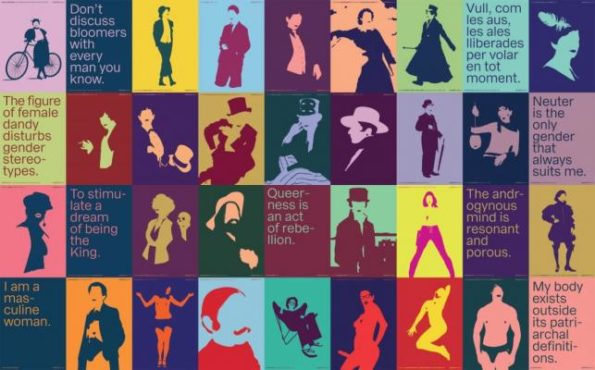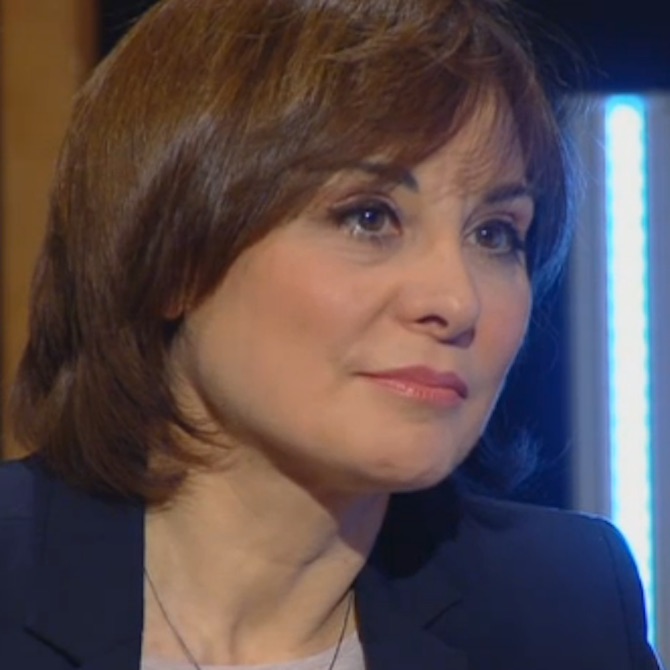Search
To search for an exact match, type the word or phrase you want in quotation marks.
A*DESK has been offering since 2002 contents about criticism and contemporary art. A*DESK has become consolidated thanks to all those who have believed in the project, all those who have followed us, debating, participating and collaborating. Many people have collaborated with A*DESK, and continue to do so. Their efforts, knowledge and belief in the project are what make it grow internationally. At A*DESK we have also generated work for over one hundred professionals in culture, from small collaborations with reviews and classes, to more prolonged and intense collaborations.
At A*DESK we believe in the need for free and universal access to culture and knowledge. We want to carry on being independent, remaining open to more ideas and opinions. If you believe in A*DESK, we need your backing to be able to continue. You can now participate in the project by supporting it. You can choose how much you want to contribute to the project.
You can decide how much you want to bring to the project.

That we live in an interconnected world has become clearer than ever during these months of 2020, which is not yet over. An interconnection that implies more mobility, more projection and more exchanges, and also greater interdependence and fragility. In these extraordinary circumstances, this fragility is revealed in an increased way in the artistic ecosystem.
“Men wanted for hazardous journey small wages, bitter cold, long months of complete darkness, constant danger, safe return doubtful, honor and recognition in case of success”. It is the announcement published in 1914 in a newspaper by the Imperial Trans-Antarctic Expedition to recruit participants. An announcement that Fernando Prats recovered with neons and that seems a good leitmotiv of this expedition towards unknown lands that supposes to develop cultural projects right now.
In these strange and extreme circumstances, becomes evident the need to think of culture closer to the singular and the personal, than the industrial, massive and standard, art as that space in which we have to speak of curatorship in the sense of “taking care”, that space in which to think in terms of collectivities, in detail, in the short distance (conceptual, for the moment, not physical), in the limited capacity but of quality, in forgetting about the number of attendees as a synonym of success and quality.
I am no longer sure if talking about resilience is positive or just another trap in this system that dies by killing, but in any case, the percentage of resilient people in the world of culture is high. And this is how we understand the extra effort (in terms of economy, energy and logistics to meet all the standards that guarantee health safety) that we assume to move forward.
The Barcelona Gallery Weekend is a good example of this. We give priority to visits with a very small number of visitors, which, apart from the inconvenience that everyone knows about, allows quality visits and conversations, intimate performances, living experiences, here and now, and being part of a community, of an ecosystem in which each group develops a task that complements and makes it possible for the whole to work. For this reason, in the edition of this strange 2020 of Barcelona Gallery Weekend, the need to put in value the work of the galleries, the art professionals and the cultural workers becomes more evident than ever.
One way to highlight this is to be more accessible and communicate very well. And, in that sense, it is very pertinent and effective to publish a series of videos on the Barcelona Gallery Weekend vimeo channel in which artists and gallery owners, as a teaser or invitation to explore more, bring us closer to their proposals, before we go to visit them. Let’s highlight some of them.
At Bombon Projects, Anna Dot proposes a pause for thought, part of a work by Brueghel, to focus on movement, dance and skin.
Bombon Projects | Anna Dot: Escrits per a la pell vident (VOSEN) from Barcelona Gallery Weekend on Vimeo.
In EtHall, Eulàlia Rovira works from the contrast between the zenith and the subsoil, the verticality and the hierarchies and what is below, exploring the tensions and questioning the preconceived ideas.
Galeria etHALL | Eulàlia Rovira: Esmorteir l’esmorteït (Deaden the deadened) (VOSEN) from Barcelona Gallery Weekend on Vimeo.
In Chiquita Room, Pedro Torres explores the curvature of space-time, that is, gravity and our relationship to it.
Chiquita Room | Pedro Torres: Time Bends as We Come Closer (VOSEN) from Barcelona Gallery Weekend on Vimeo.
At ADN Galeria, Ella, l’ull, el dit, la mà, the exhibition curated by Alexandra Laudo, brings together the work of three artists from different generations, Margaret Harrison, Maria Acha-Kutscher and Núria Güell, who share a feminist position that points to the forms of gender and class violence and oppression that they detect in reality in order to opt for different options close to activism.
In Le Hasard Jamais, Mar Arza presents in Rocío Santa Cruz an exhibition that starts with Mallarmé’s poem Un coup de dés jamais n’abolira le hasard (1897) to play with the words of the poem by questioning hazard and in which they end up becoming watermarks.
The exhibition Primera Línea (Front Line) by Fernando Prats at the Joan Prats Gallery focuses on the Chilean social landscape, on bodies in resistance to defend a more just and supportive society. As one of the graffitti included in one of his pieces says, “Nos quitaron tanto que también nos quitaron el miedo”(They took so much from us that they also took away our fear).
Galeria Joan Prats | Fernando Prats: Primera línea (Front Line) (VOSEN) from Barcelona Gallery Weekend on Vimeo.
(Featured Image: Maria Acha Kutscher. Herstorymuseum. Permission de Travestment, 2020 exhibited at ADN Galeria)

Montse Badia has never liked standing still, so she has always thought about travelling, entering into relation with other contexts, distancing herself, to be able to think more clearly about the world. The critique of art and curating have been a way of putting into practice her conviction about the need for critical thought, for idiosyncrasies and individual stances. How, if not, can we question the standardisation to which we are being subjected?
www.montsebadia.net
"A desk is a dangerous place from which to watch the world" (John Le Carré)